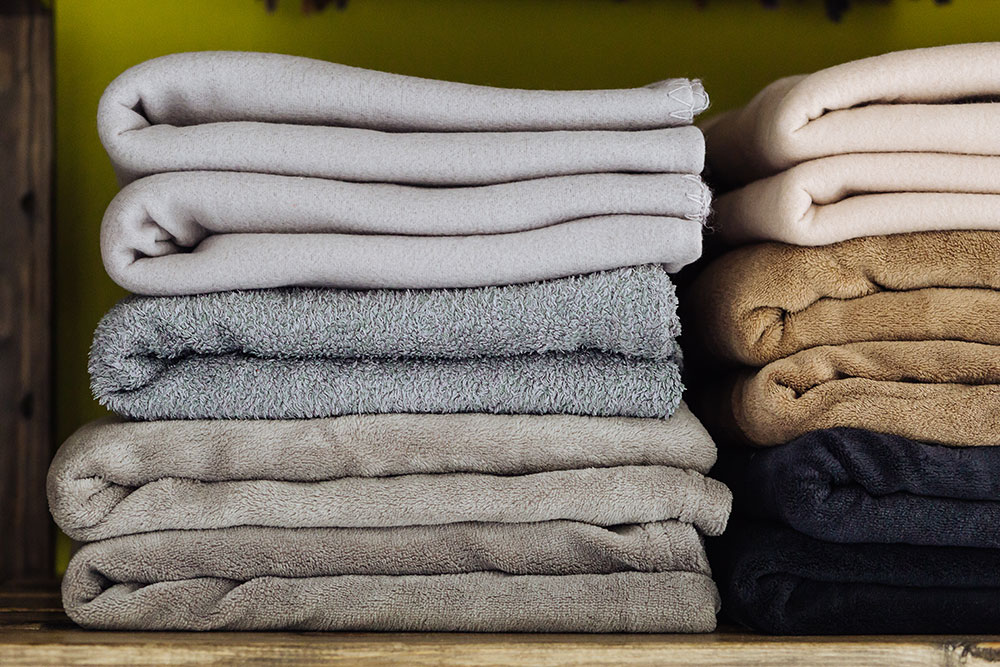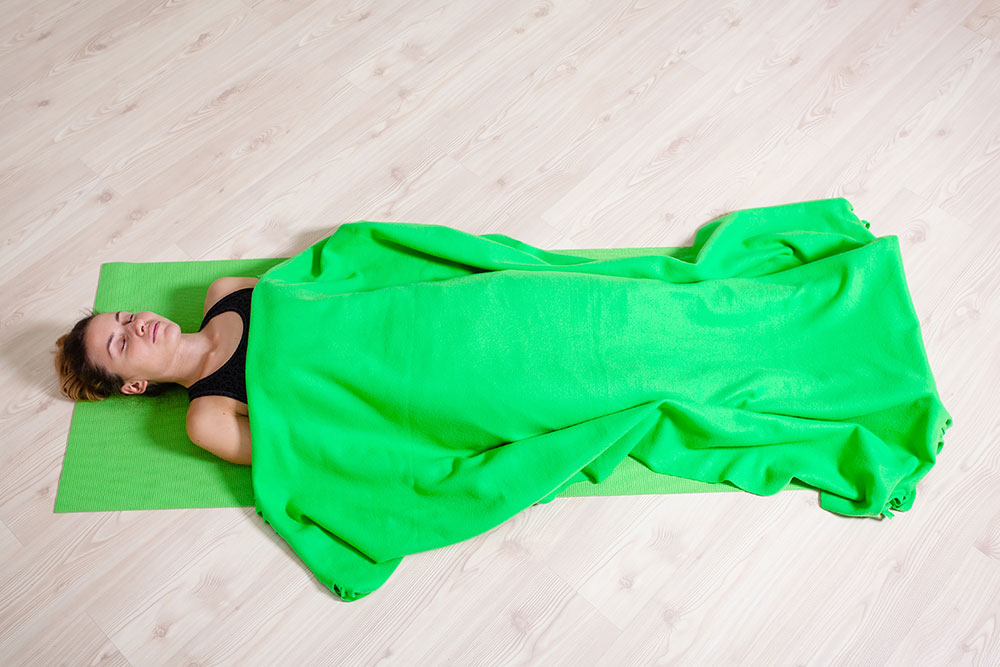Yoga blankets are versatile props that offer warmth, padding, support and traction. Made from materials like cotton, wool or microfiber, these blankets are designed specifically for yoga and can be utilized in various poses. While not considered a yoga essential, having your own personal yoga blanket provides advantages you won’t get from studio-provided blankets alone. This comprehensive guide will explore what is a yoga blanket used for and the benefits of having a yoga blanket handy for your home or studio practice.
Uses for Yoga Blankets
Here are some of the main uses for yoga blankets:
Provide Warmth
One of the most common uses for yoga blankets is simply to provide warmth. Covering yourself with a blanket during Savasana or seated meditation helps you stay cozy. They are especially useful if you tend to feel chilled in air conditioned studios.

Knee Support
Folding a yoga blanket provides cushioning and support under your knees during kneeling poses. This prevents joint strain and discomfort. Try them in Child’s Pose, Hero Pose or Table Top.
Alignment Support
Rolled or folded blankets can assist alignment. Use them to support your neck in Shoulderstand or bridge your chest upward in Fish Pose. They are also great for propping up the hips in seated poses.
Traction
Using a yoga blanket during seated or supine poses gives you traction to stay grounded on slippery floors. Try placing both feet on a blanket during core work like crunches.
Yoga Prop Substitute
Blankets can serve as a substitute for other props like bolsters, straps or blocks, giving you more options for support.

Benefits of Yoga Blankets
Why incorporate a yoga blanket into your practice? Here are some of the benefits:
- Customized Support : Blankets can be adjusted to your exact needs for support in any pose. Fold to various heights and widths to perfectly fit your body.
- Enhanced Relaxation : By providing warmth, knee support and alignment assistance, blankets allow you to relax in poses more fully.
- Prevents Injury : Supporting joints and alignment with blankets reduces strain and risk of yoga injuries.
- Elevates Comfort : Extra padding and traction helps you hold poses longer comfortably without slips.
- Promotes Hygiene : Having your own blanket prevents direct contact with shared mats and props.
- Convenience : Easily portable for travel and can be washed regularly unlike studio blankets.
- Affordability : Cotton yoga blankets provide customizable support at a fraction of the cost of multiple props.
- Eco-Friendly : Unlike synthetic yoga gear, cotton and wool blankets are natural and biodegradable.

Examples of Using Yoga Blankets in Different Poses
Here are some examples of how you might use a yoga blanket:
Child’s Pose – Fold a blanket under your knees and shins for added comfort and support in this resting pose.
Thread the Needle – Place a blanket under the shoulder you are rotating open for cushioning as you move through this twist.
Forward Fold – Roll a blanket under your sit bones to get the hips higher and deepen the stretch in seated folds.
Bridge Pose – Lift your torso up higher by placing a blanket under your upper back and opening the chest.
Legs Up the Wall – Support your legs with a rolled blanket for complete relaxation in this inversion.
Conclusion
As you can see, yoga blankets are inexpensive but valuable tools for enhancing alignment, providing warmth, substituting props and improving your overall yoga experience. Consider keeping a yoga blanket in your gear bag to amplify your practice anywhere!


